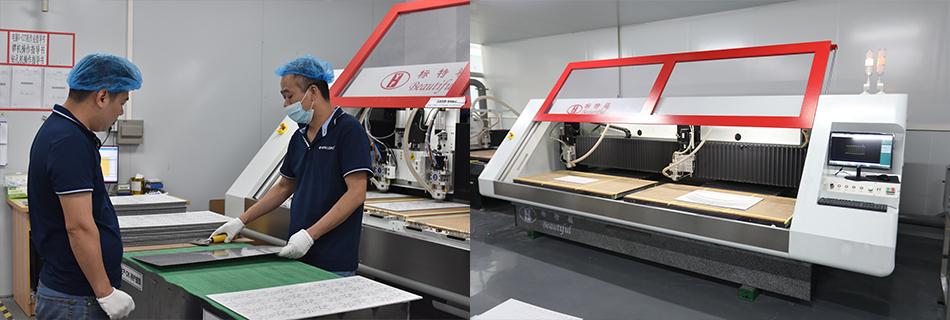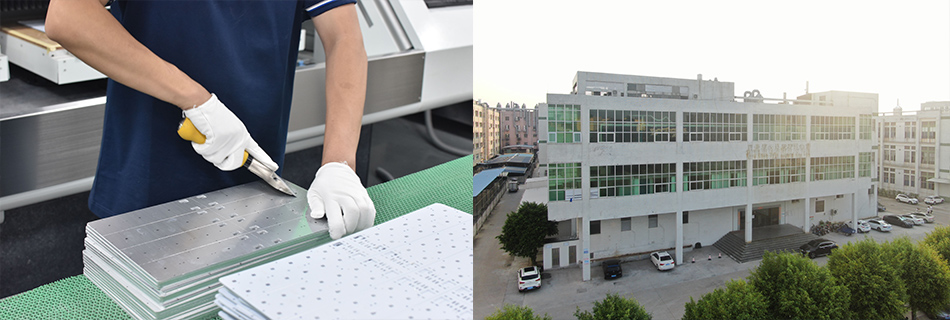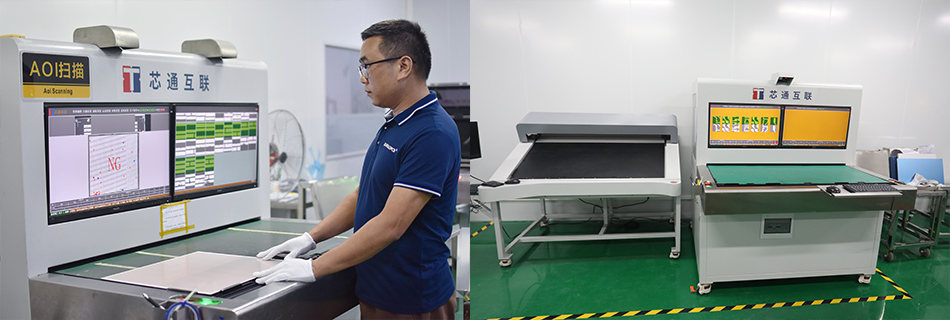-
- PCB TYPE
- PRINTED CIRCUIT BOARD PROTOTYPE ALUMINUM PRINTED CIRCUIT BOARD R&F PCB FPC HIGH FREQUENCY PCB HIGH-TG PCB HEAVY COPPER PCB HDI PCB PCB FOR LIGHTING METAL CORE PCB
time:Sep 12. 2025, 11:54:27
When it comes to creating electronic devices, the importance of printed circuit boards (PCBs) cannot be overstated. They are the backbone of nearly every electronic device, providing the necessary support and connectivity for various components. In particular, for RF (radio frequency) applications, choosing the right PCB manufacturer is crucial. This article will explore the ins and outs of RF application vias in PCB manufacturing, guiding you through the process and highlighting what to look for in a PCB manufacturer.
A printed circuit board (PCB) is a flat board that connects electronic components using conductive tracks, pads, and other features etched from copper sheets laminated onto a non-conductive substrate. PCBs can be single-sided, double-sided, or multi-layered, depending on the complexity of the circuit.
In PCB design, vias are small holes drilled through the board that allow different layers to connect. They are crucial for routing electrical signals between layers, especially in multi-layered PCBs. Vias come in different types: through-hole, blind, and buried vias, each serving different purposes based on the design requirements.
Radio frequency (RF) applications involve the transmission and reception of radio waves, typically used in wireless communication systems. These applications require specialized PCBs that can handle high-frequency signals without interference. RF PCBs are designed with precision to minimize signal loss and ensure optimal performance.

The first step in PCB manufacturing is designing the circuit. Engineers use specialized software to create a schematic diagram, mapping out the circuit’s components and their connections. This design is then converted into a layout that will be used to manufacture the PCB.
During fabrication, the PCB design is transferred onto a physical board. The process involves etching the copper layers to create the circuit pattern. For multi-layered boards, layers are aligned and bonded together. Holes are drilled for vias and component leads.
Once the PCB is fabricated, components are mounted onto the board. This can be done using through-hole technology (where component leads are inserted into drilled holes) or surface-mount technology (where components are mounted directly onto the board’s surface).
After assembly, the PCB undergoes rigorous testing to ensure functionality. This includes checking for short circuits, open circuits, and signal integrity, especially important for RF applications.

An RF application vias PCB manufacturer has specialized knowledge in handling high-frequency signals. They understand the nuances of RF design, such as impedance control, signal integrity, and minimizing electromagnetic interference (EMI).
RF PCBs require precision manufacturing to ensure signal integrity. A specialized manufacturer will use state-of-the-art equipment and processes to achieve the tight tolerances needed for RF applications.
The choice of materials is critical in RF PCB manufacturing. Specialized manufacturers select materials with the right dielectric properties to support high-frequency signals. This ensures minimal signal loss and optimal performance.
RF applications often require custom PCB designs to meet specific performance criteria. A specialized manufacturer can provide custom solutions tailored to the unique needs of your application, whether it’s a prototype or a full production run.

Look for a manufacturer with a proven track record in RF PCB manufacturing. Check for customer testimonials and case studies to gauge their reputation and expertise in the industry.
Ensure the manufacturer has the latest technology and equipment to handle complex RF designs. This includes advanced fabrication techniques, precise drilling equipment for vias, and comprehensive testing facilities.
Quality is paramount in PCB manufacturing, especially for RF applications. Choose a manufacturer with robust quality assurance processes in place, including certifications such as ISO 9001 and adherence to IPC standards.
Effective communication and support are crucial when working with a PCB manufacturer. Choose a company that provides excellent customer service, with knowledgeable staff who can assist you throughout the manufacturing process.

RF applications demand precision and expertise, making it essential to partner with a specialized RF application vias PCB manufacturer. By understanding the PCB manufacturing process and knowing what to look for in a manufacturer, you can ensure your RF designs are brought to life with the highest quality and performance standards. Whether you’re developing a new wireless communication device or enhancing an existing product, the right PCB manufacturer will be your key to success.

Got project ready to assembly? Contact us: info@apollopcb.com



We're not around but we still want to hear from you! Leave us a note:

Leave Message to APOLLOPCB
